
He drank hot tea every day. The results of his health check left him stunned
John had made hot tea a part of his daily ritual. Every morning, as the sun peeked through his window, he would brew a strong cup of tea, steam rising in the early light, and sip slowly as he planned his day. In the afternoon he would return from work and pour another mug of piping-hot tea, treating it as a kind of reward for the hours he had spent behind his computer. He believed the tea was good for him: warm, comforting, hydrating, almost medicinal in its calming effect. He never imagined that something so harmless could lead to a shocking health outcome.
As time passed, John did not consider his tea habit to be unusual. In fact, many people around him did similar things—tea breaks, chai-time, hot refreshments that helped them unwind and socialize. He felt healthy: he exercised moderately, did not smoke, and his diet was reasonable. So when his company health-check invitation arrived, he went along without expectation, assuming the results would come back clean.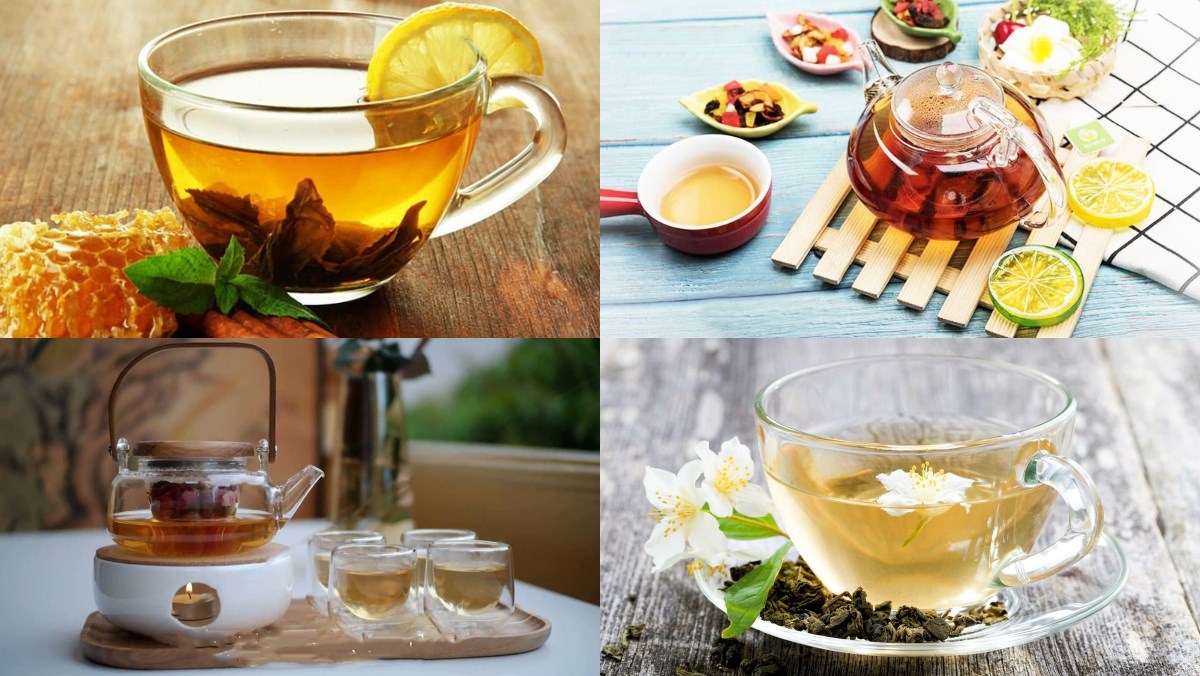
But when the results finally came in, they stunned him. The physician had noted a serious irritation in his oesophagus—an inflammation that in medical terms could be described as “erosive oesophagitis.” The doctor explained that the repeated exposure to high-temperature liquids had damaged the delicate lining of his food pipe. Over the years, the near-daily habit of drinking tea at extreme heat had gradually eroded his protective tissue, leaving him at elevated risk for more severe conditions, including oesophageal cancer.
John listened in disbelief. He had never thought of tea as a dangerous substance. Yet the truth was that anything can turn risky if misused—even something normally deemed healthy. The doctor advised him to stop consuming beverages at such high temperatures, to begin drinking at more moderate warmth, and to monitor his condition carefully with follow-up screenings. Tests should be repeated every six months, especially if he noticed new symptoms such as pain swallowing, chest discomfort, or persistent acid-reflux.
John felt a surge of regret. He wished he had been aware of the warning signs earlier. He had suffered occasional heartburn and a slight difficulty swallowing large bites of food, but dismissed both as minor issues. Now he realized these were red flags. He vowed to change his habit. He purchased a digital thermometer to check the temperature of his tea and gave himself a new rule: the tea must cool down to at most 60 °C before he took a sip. He also increased his water intake, avoided very hot soups and beverages, and adopted a slower pace when drinking.
His lifestyle adjustments soon brought relief. The persistent discomfort in his throat that he had grown accustomed to began fading. He felt better, more attentive to his body’s signals. What struck him most was the importance of balance and moderation. The warm tea had offered comfort and ritual, but in excess and at dangerously high temperature it had turned against him.
John’s experience serves as a reminder to us all: Healthy habits merit attention, but we should also be aware of how those habits are practiced. The temperature at which we consume foods and beverages matters. Overconfidence in “natural” or “comfort” practices can lead us to underestimate the potential risk lurking within them. Listening to our bodies, acting proactively when something feels off, and taking part in routine health screening are critical.
In the end, the story is not about condemning tea or retiring ritual habits. It’s about nuance. It’s about being thoughtful. John still enjoys tea—just now with mindfulness, patience, and care. His shocking check-up result sparked change, but the real lesson lies in responsibility and awareness. Because often the difference between comfort and harm is not what we drink, but how we drink it.
News in the same category

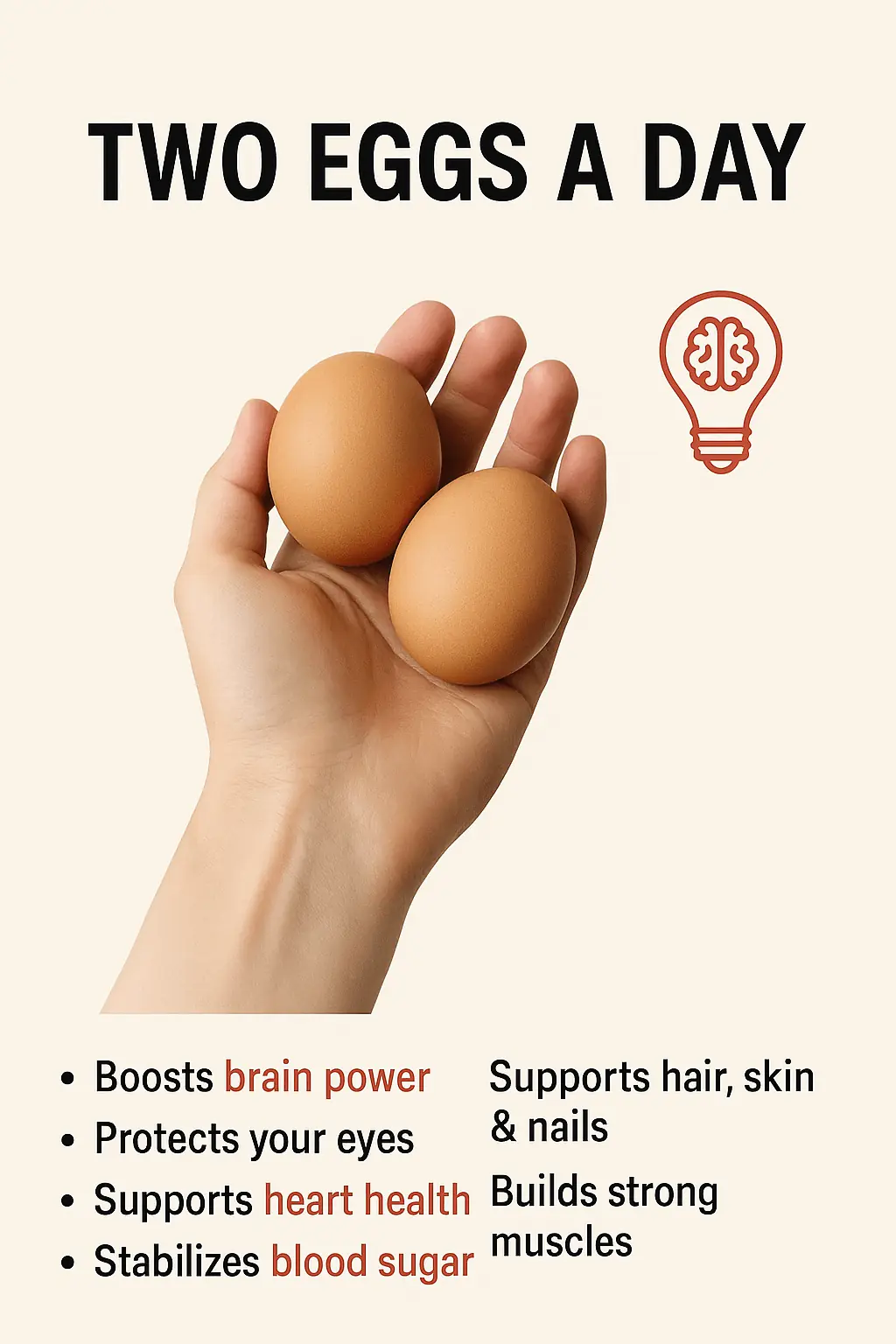
Two Eggs a Day — Small Habit, Big Health Boost

Sweetgum’s Hidden Powers: 7 Surprising Health Benefits You Need to Know
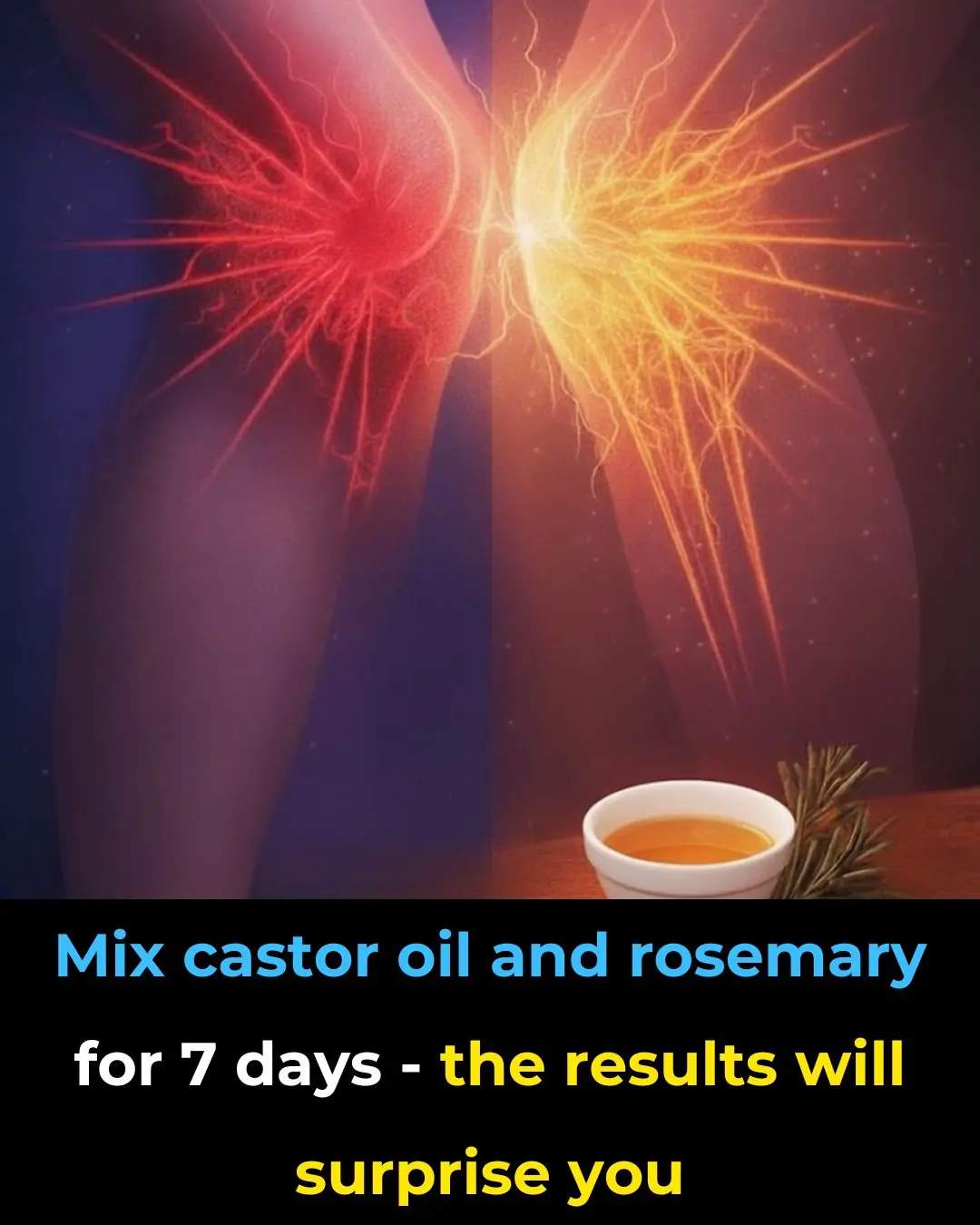
Mix castor oil and rosemary — the 7-day results will surprise you

Top 5 Nutrients to Reduce Swelling in Feet and Legs

Proven Health Benefits of Eating Eggs Based on Evidence

5 Powerful Vitamins That Help Stop Acid Reflux Naturally

Woman Left with Swollen Lip After Centipede Bites Her in Sleep

Unlock Baking Soda’s Hidden Powers Today

Flush the toxins silently damaging your kidneys — with these 13 powerful cleansing foods
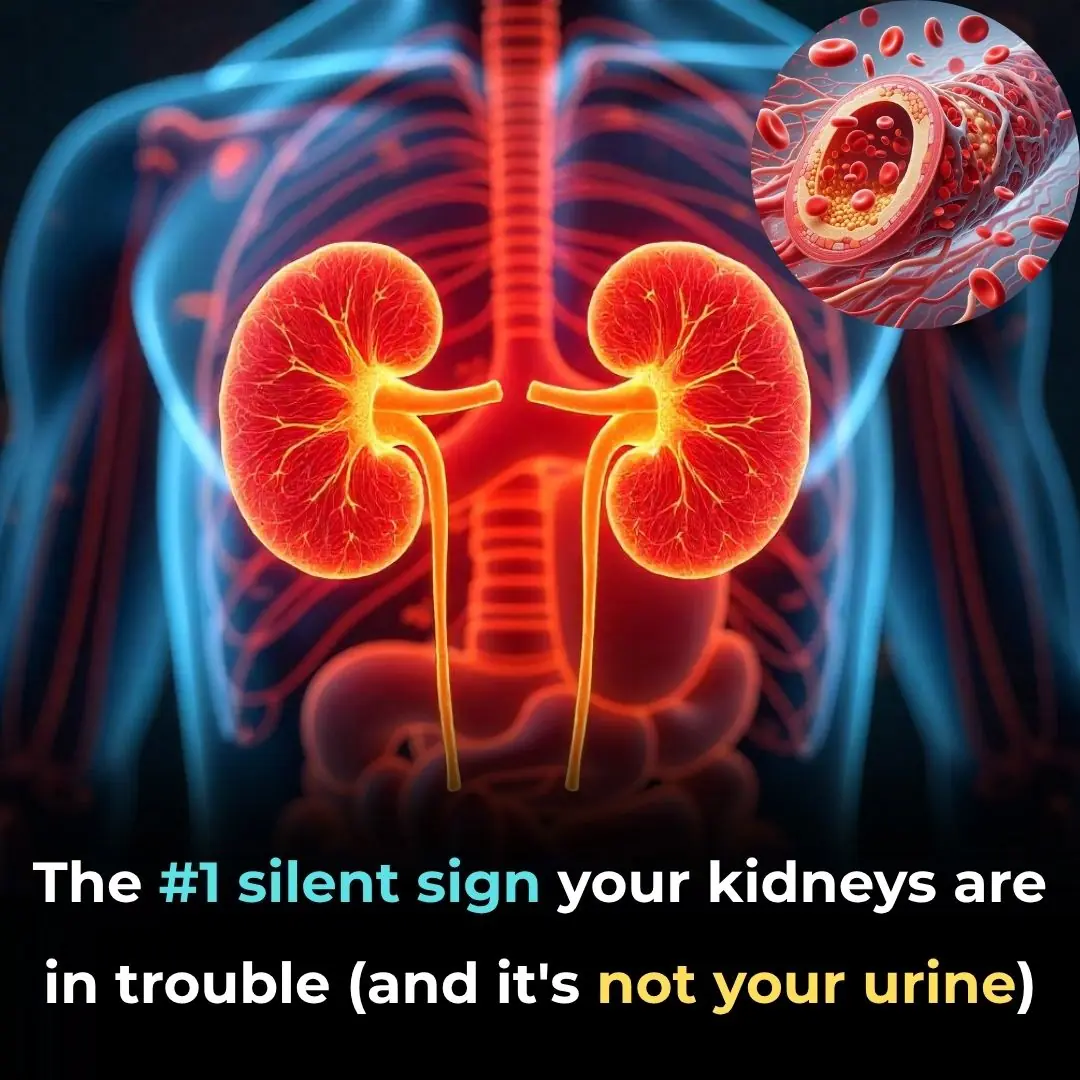
The #1 silent sign your kidneys are in trouble (and it’s not your urine)

A 30-year-old man suddenly suffered kidney failure: 5 daily habits that silently destroy the kidneys
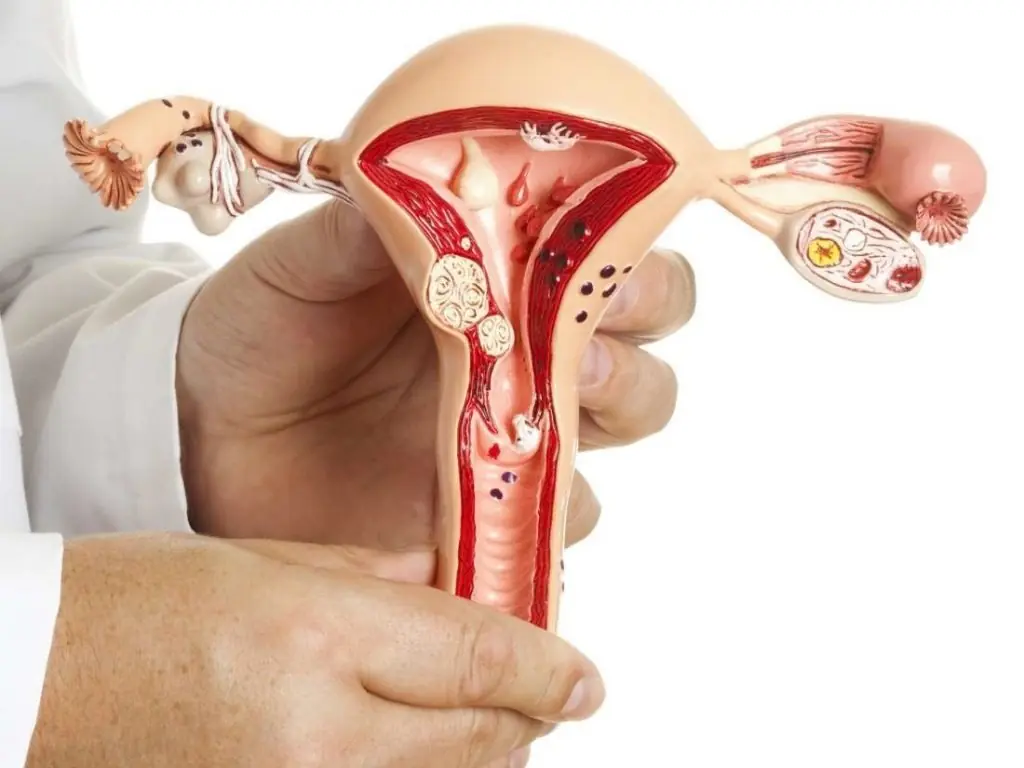
Eating fish in a way many people believe to be highly nourishing, the young woman ended up with premature ovarian failure and a body full of mercury

Papaya Seeds: A Powerful Remedy for Liver Health and How to Use Them as a Pepper Substitute
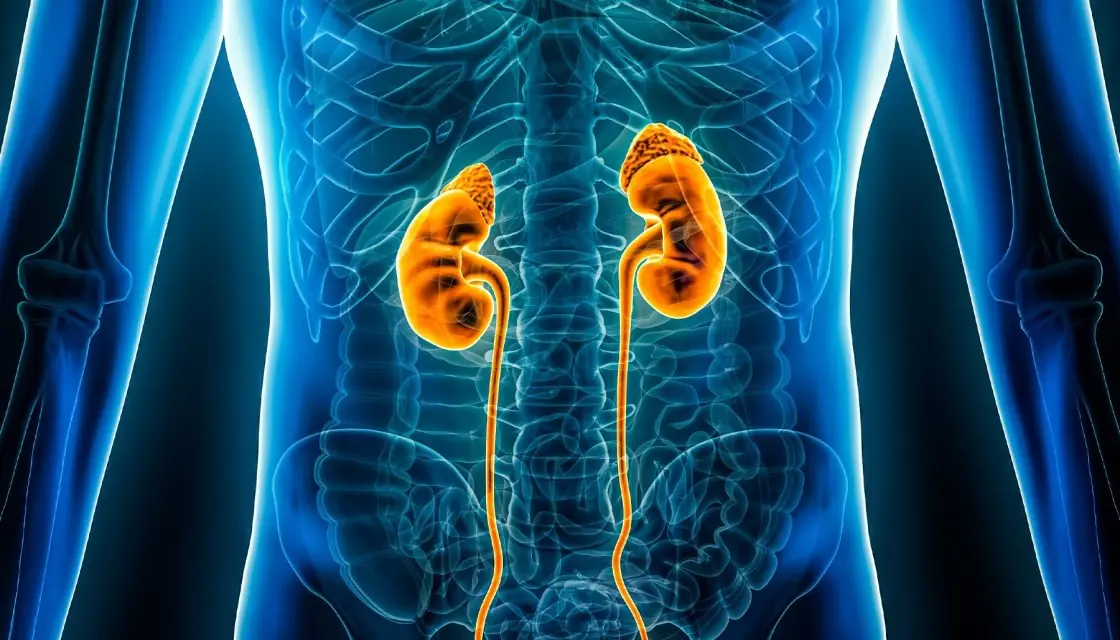
IF YOUR BODY SHOWS THESE EARLY WARNING SIGNS YOU NEED TO GET YOUR KIDNEY CHECKED FAST
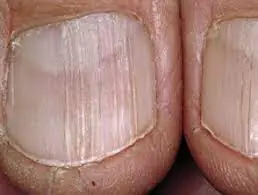
Vertical Nail Ridges? Here’s What Causes Them — and How to Fix It

Top 5 Nutrients to Reduce Swelling in Feet and Legs

If you sleep with socks on, see what happens

Each Tooth Is Connected to an Organ in the Body – How Tooth Pain May Reveal Hidden Health Problems
News Post
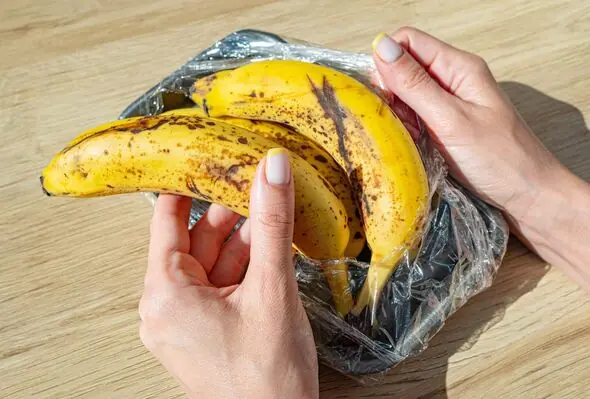
When you eat a banana with spots that is turning brown, here's what happens to your body

Man Passed Away After Eating Eggs — Stop Eating Eggs This Way Immediately

Two Eggs a Day — Small Habit, Big Health Boost
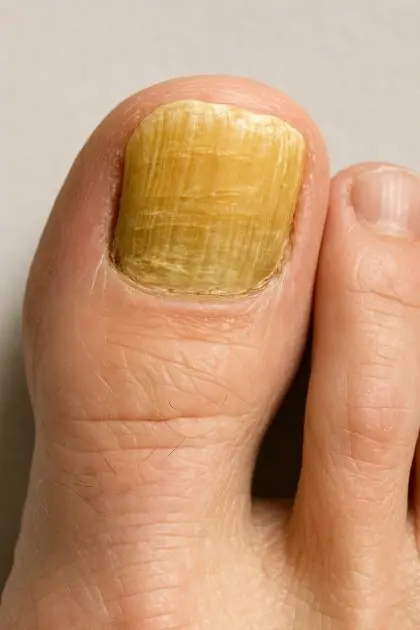
My toenail turned thick and yellow. Clinic can’t see me anytime soon. What is this?

Face Toner With Cloves & Rose Water: No Wrinkles, No Age Spots
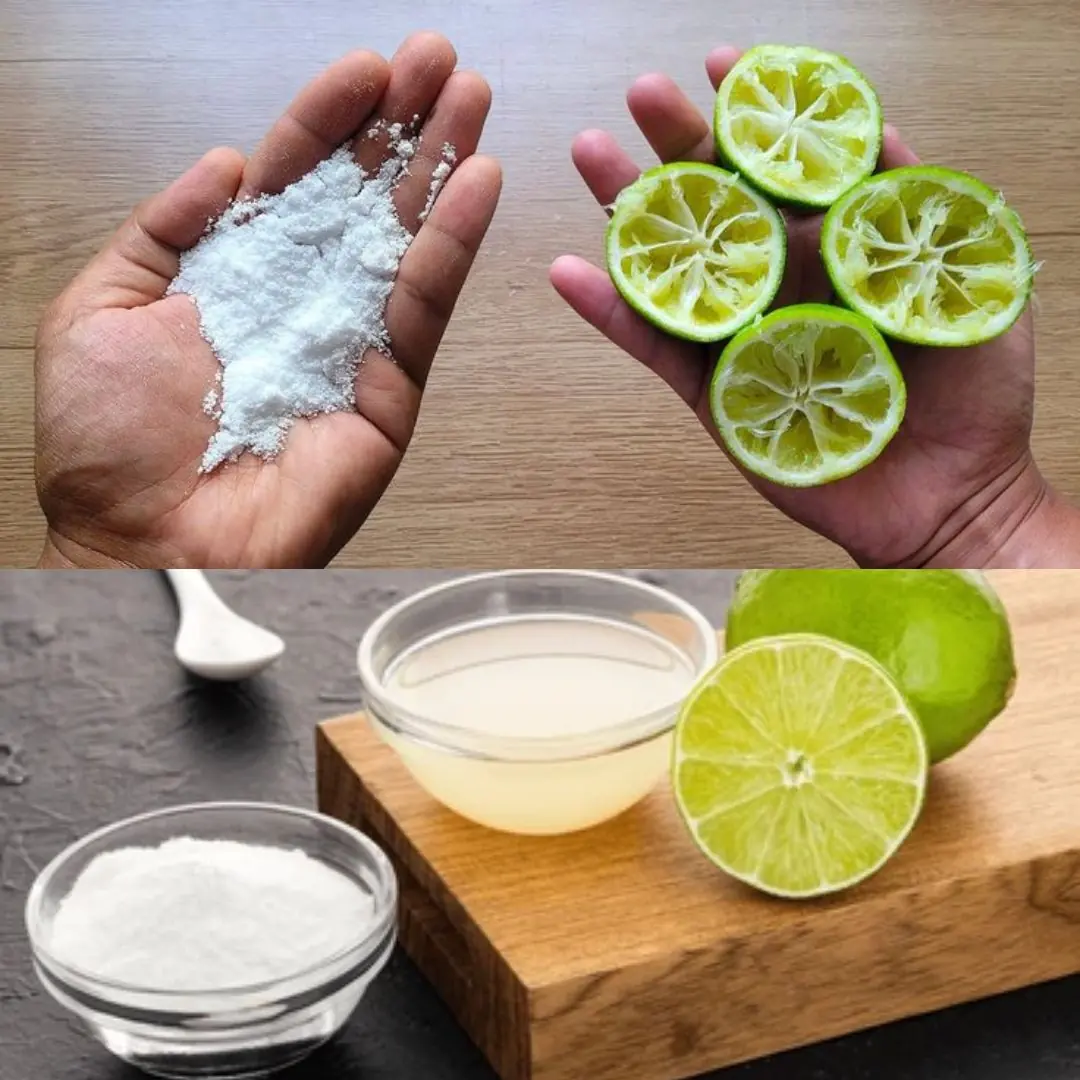
Homemade Lemon Peel Cleaners: Two Powerful Recipes for a Spotless Home

Sweetgum’s Hidden Powers: 7 Surprising Health Benefits You Need to Know
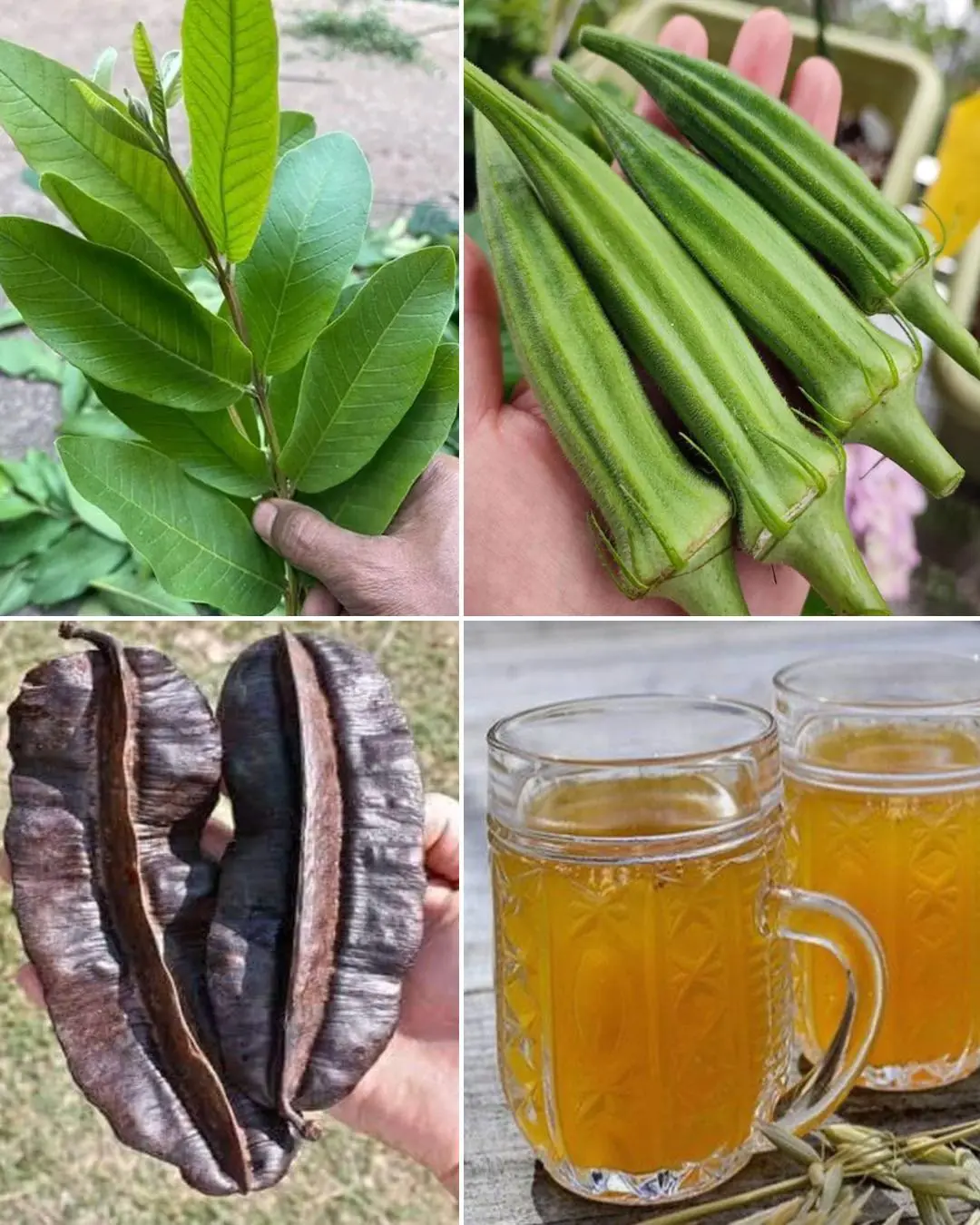
Nourish & Revitalize: How Guava Leaf, Aidan Fruit, and Okra Support Women’s Health

Stick a Toothpick into Your Electric Kettle: Amazing Benefits Every Home Needs, Save Hundreds Each Year
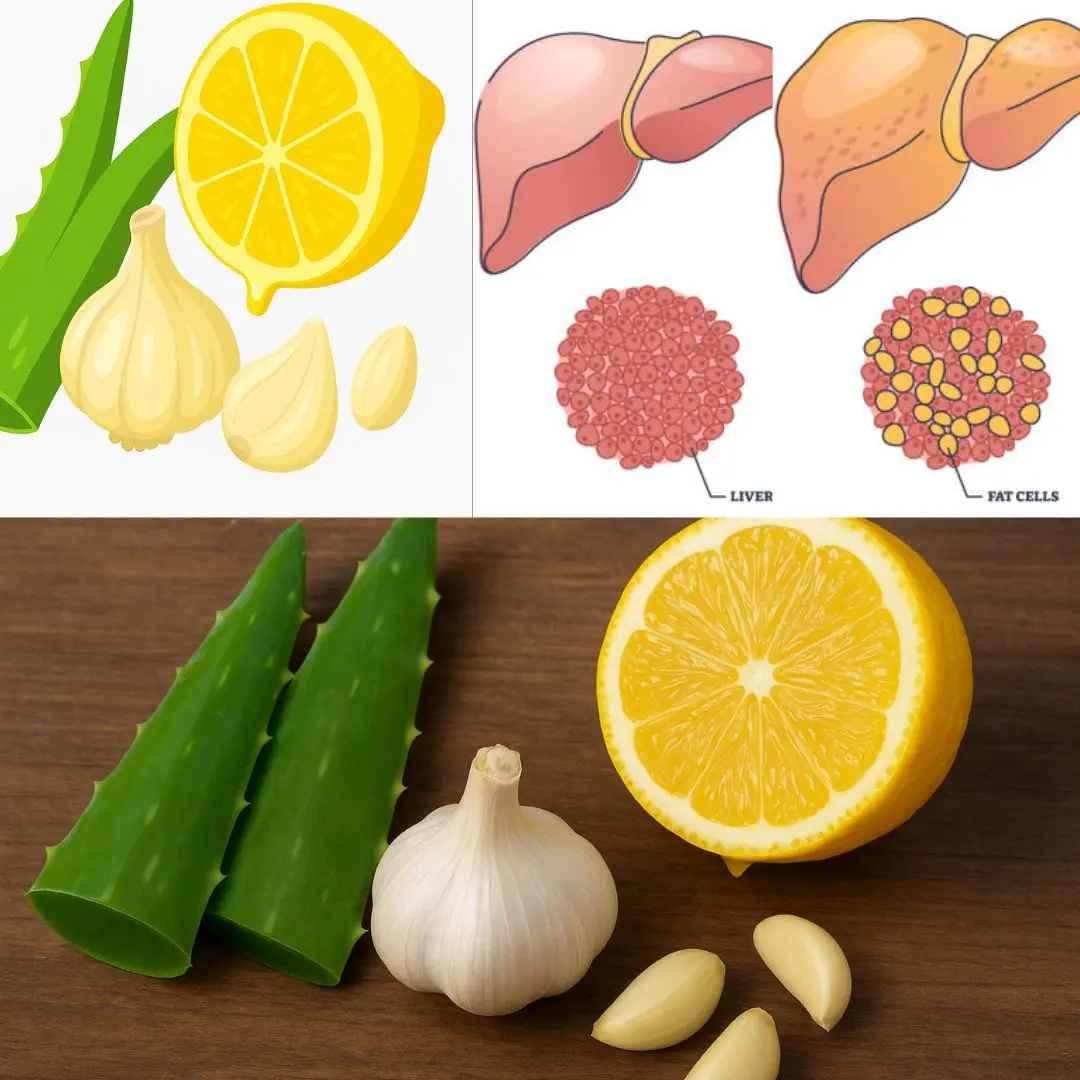
Aloe Vera Super Remedy: Stronger Than Garlic, Lemon, and Fights Bacteria & Fungi Naturally

Never Clean Your Light Switches with Water: Here’s a Safe Trick to Make Them Shine Like New
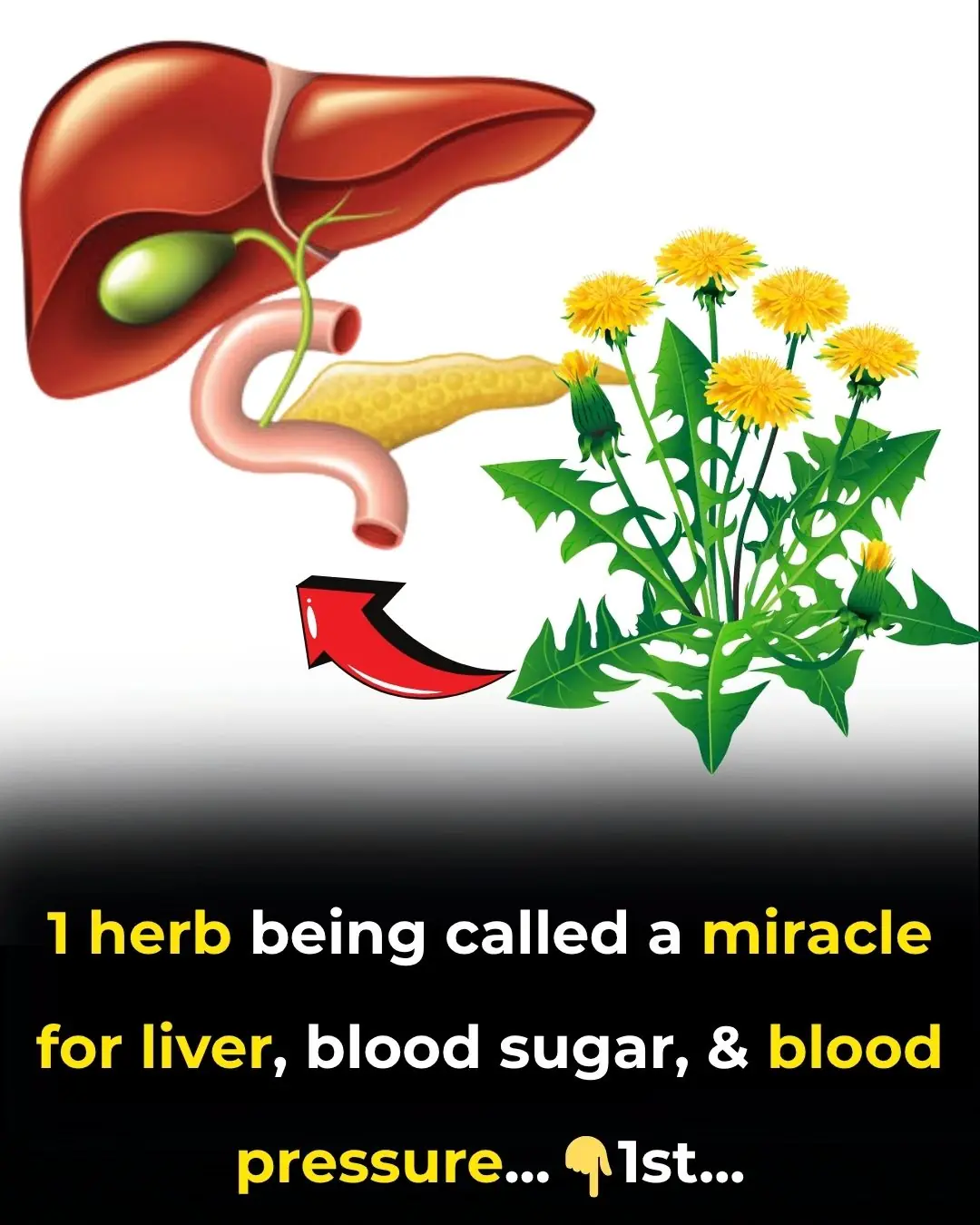
1 herb being called a miracle for liver, blood sugar, and blood pressure

Mix castor oil and rosemary — the 7-day results will surprise you

Top 5 Nutrients to Reduce Swelling in Feet and Legs
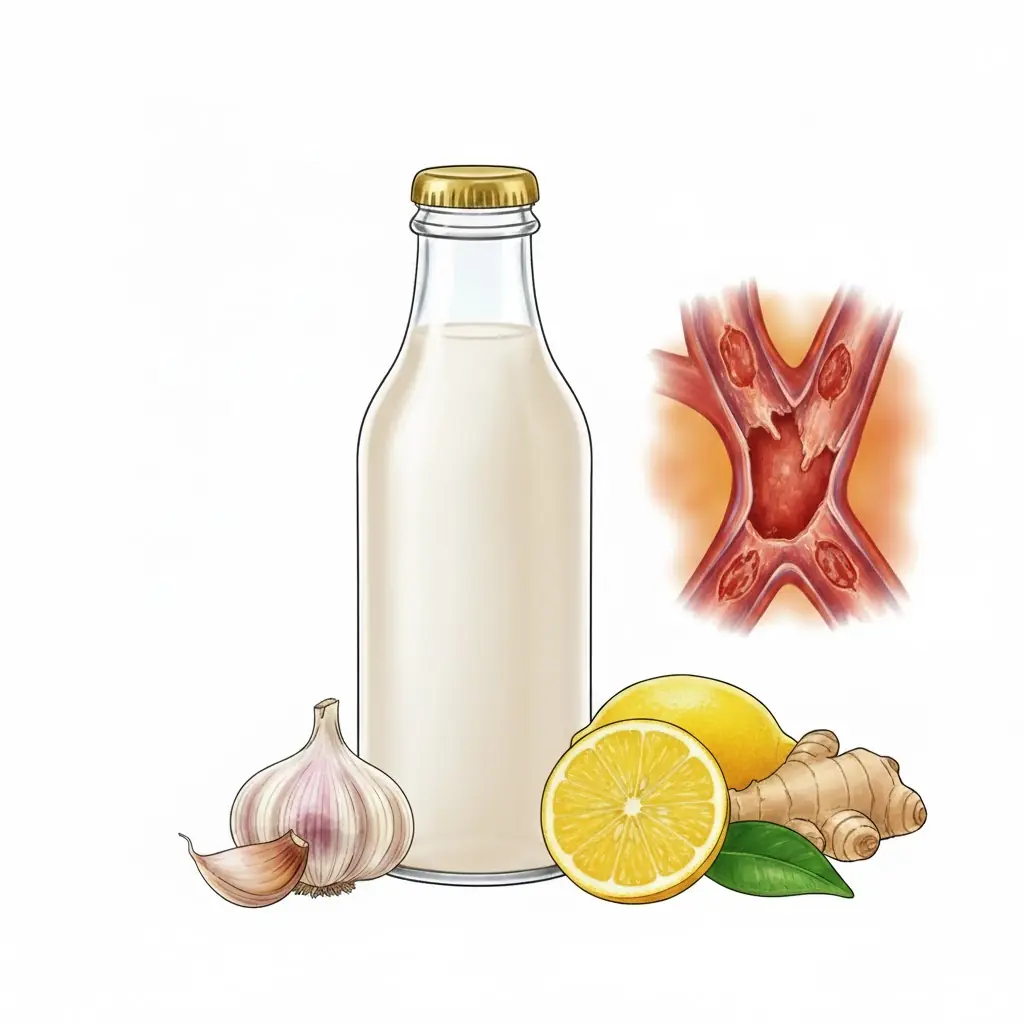
Natural Artery-Cleansing Drink: A Powerful Home Remedy for Heart Health

Why You Shouldn’t Pluck Your Nose Hairs

Proven Health Benefits of Eating Eggs Based on Evidence

5 Powerful Vitamins That Help Stop Acid Reflux Naturally

Woman Left with Swollen Lip After Centipede Bites Her in Sleep
